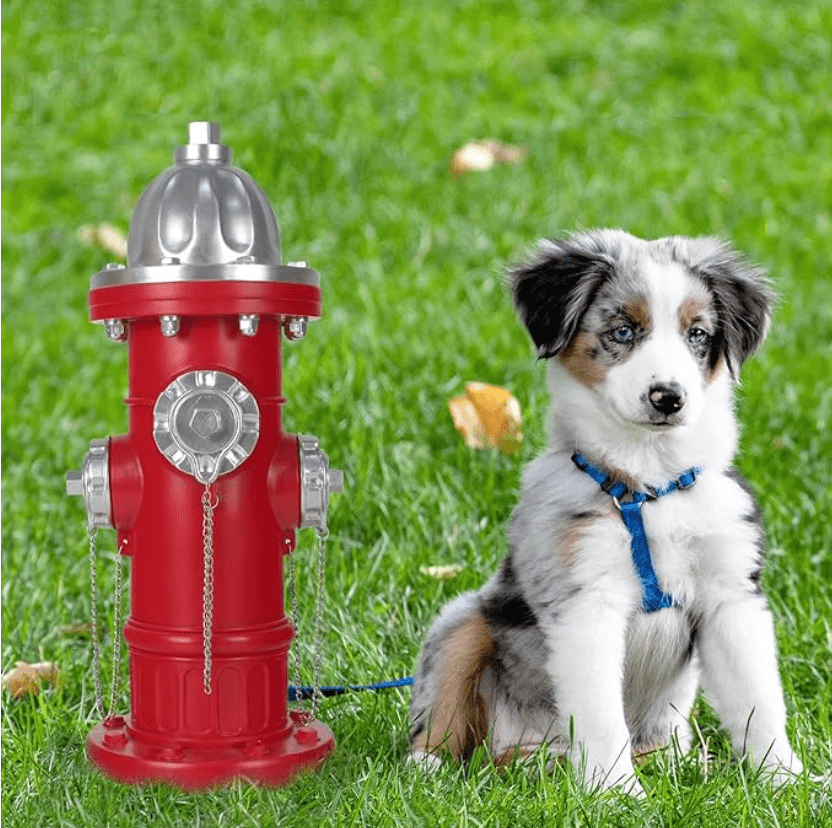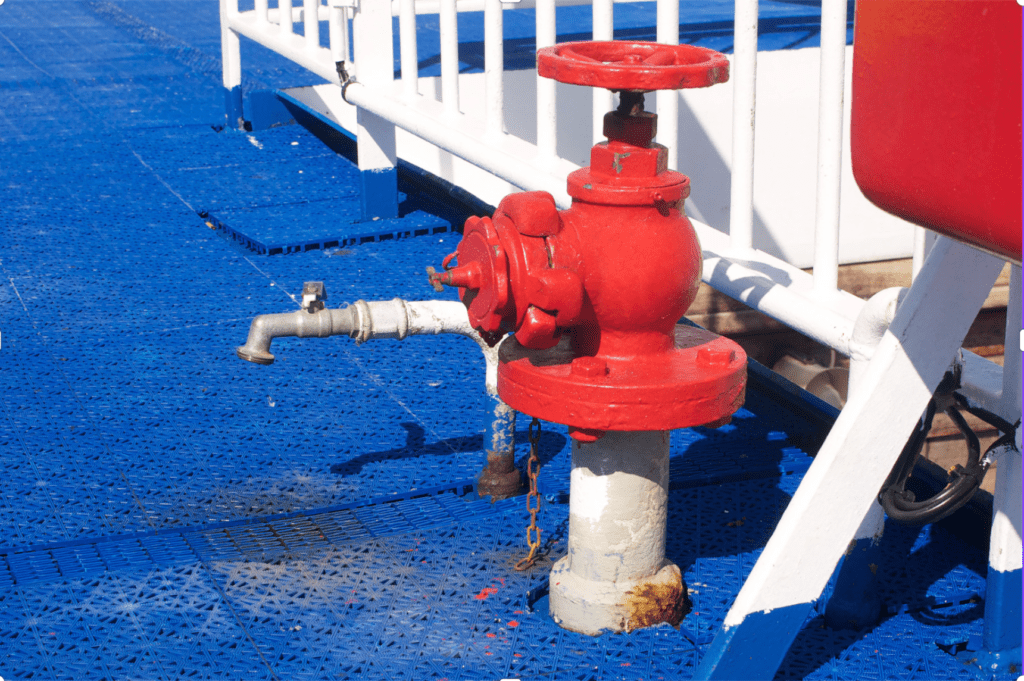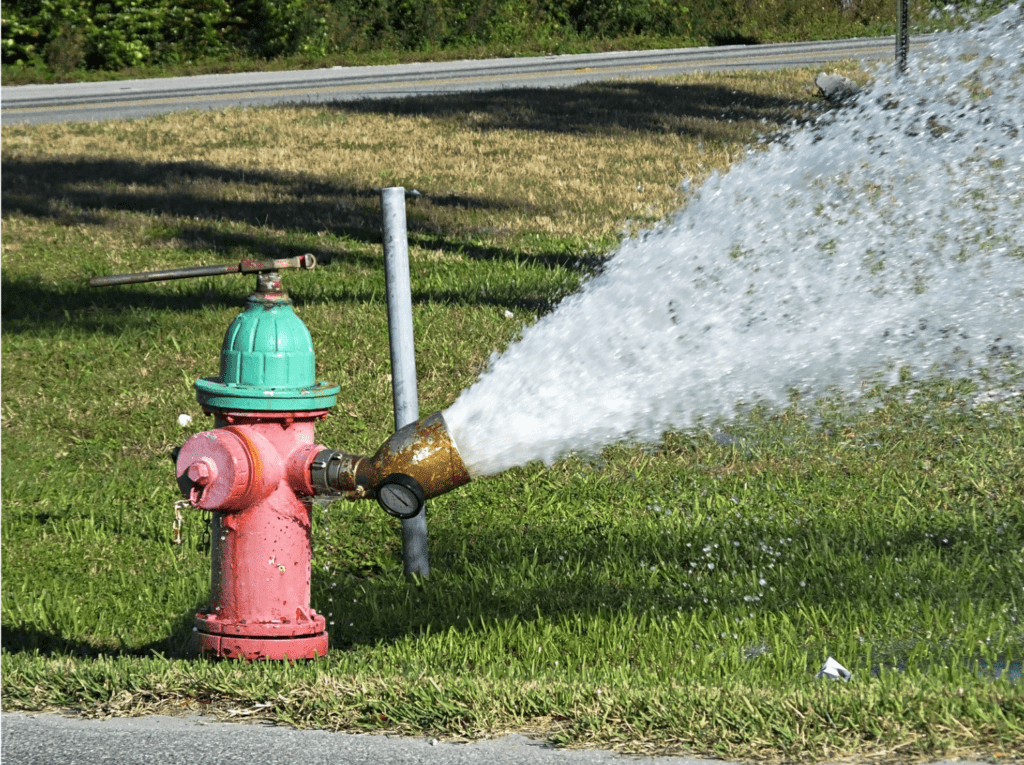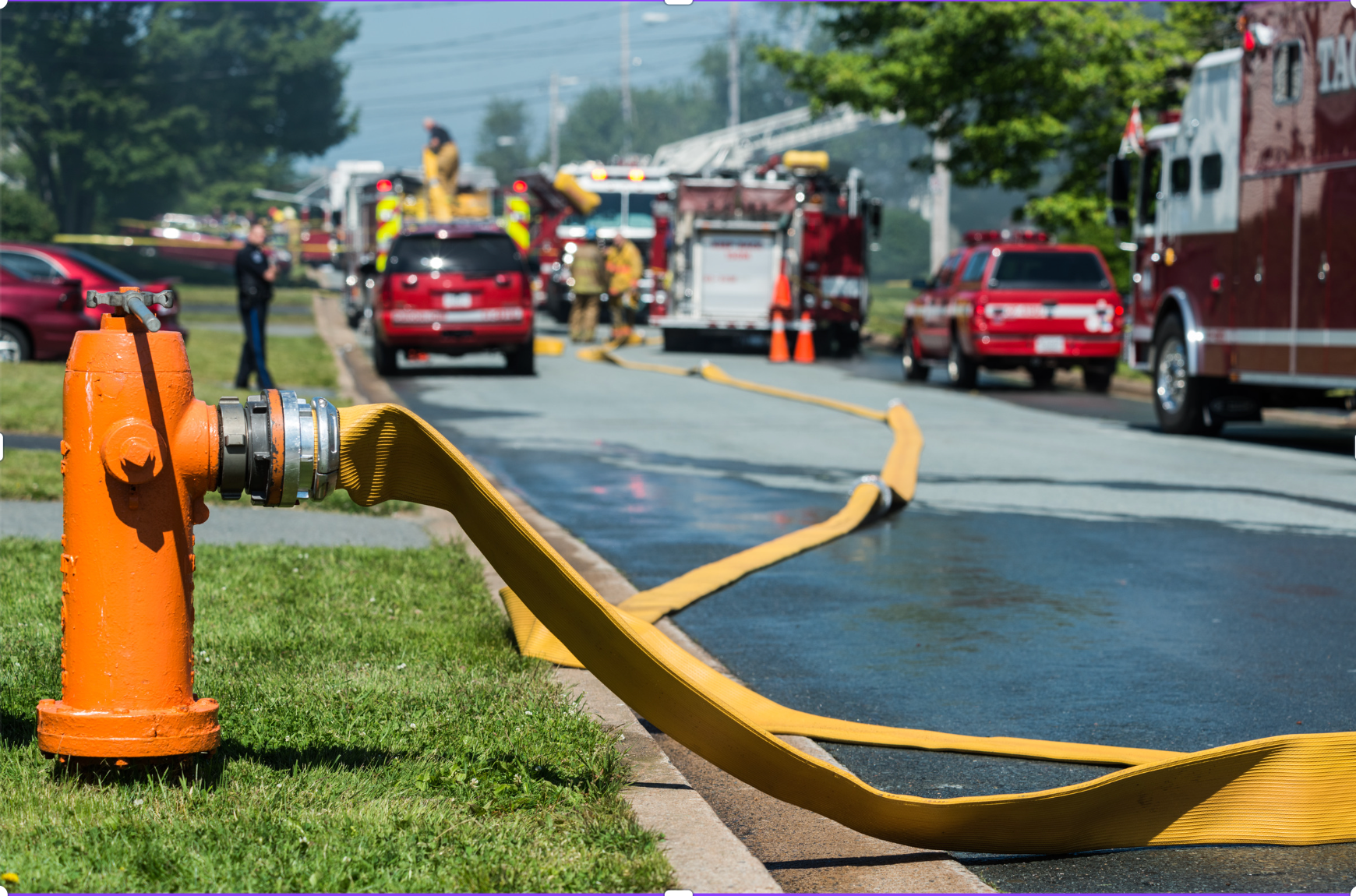Ever wondered where fire hydrants get their water from? It might sound like a simple question, but the answer’s got layers. Fire hydrants are more than just street corner accessories.
They’re crucial in emergencies, so it’s important to know how they work. Today, we’ll dive into the different types of water supply systems that keep our hydrants ready for action.
Buckle up, and let’s get to it!
Some of the links on this page are “affiliate links.” This means if you click on the link and purchase the item, we will receive an affiliate commission at no extra cost to you. Please visit our Affiliate Disclosure page for more information.
Types of Water Supply Systems for Fire Hydrants
How do fire hydrants get their water? Well, it’s all about the water supply systems behind them. There are mainly three types: Municipal, Standalone, and Mixed. Let’s dive in!
The Lowdown on Municipal Systems
Municipal systems are your everyday, large-scale water networks. They serve homes, businesses, and yes, fire hydrants.
They usually get water from lakes, rivers, or underground spots, then clean it up in treatment plants.
How Do Hydrants Fit In?
In these systems, hydrants are like any other tap in your city. They’re connected to big pipes under the streets, called water mains. These mains make sure that your hydrant always has water ready to go.
Pros and Cons
Good Stuff:
- Super reliable, since they’re part of a big network.
- Usually good water pressure, which is a must for fighting fires.
- Well-maintained, thanks to city services.
Not So Good:
- Expensive to build and keep up.
- If a water main breaks, a bunch of hydrants could be out of service.
- In hilly areas, keeping up water pressure can be tough.
All About Standalone Systems

Standalone systems are like lone wolves. They’re not connected to the city’s system but rely on private water sources like wells or ponds.
Where You’ll Find ‘Em
These hydrants are pretty common in rural spots where city water doesn’t reach. You might also find them in remote places like national parks.
Pros and Cons
The Good:
- You’ve got direct control over the water quality and pressure.
- Faster to set up since you’re not connecting to a city network.
The Bad:
- Water supply can run out fast.
- Maintenance? That’s on you, or local resources and it might not be consistent.
The Best of Both: Mixed Systems
Why not have your cake and eat it too? Mixed systems use the city network as a backbone but have standalone systems filling in the gaps.
Real-World Examples
Think of a suburb where most folks get city water, but there are standalone hydrants in remote subdivisions. Or imagine a huge airport with its own hydrants, backed up by city water.
By getting to know these different water supply systems, we see how they shape the way fire hydrants work. Each has its own perks and downsides, and sometimes they even work better together. So now you know!
How Water Reaches the Fire Hydrant: A Step-By-Step Explanation

Ever stopped to think about how water gets from a lake or river all the way to a fire hydrant? It’s a cool process, with each step being super important. Let’s break it down!
Where’s the Water Coming From?
Depending on where you live, the water could be coming from different places. Think lakes, rivers, or even underground pockets of water called aquifers. Some places even have big tanks just for this.
Making Water Ready for Action
Before this water can be of any use, it’s got to get cleaned up. Water treatment plants take care of this for city water. They make sure the water’s safe and clean, meeting local and federal quality standards.
Water on the Move: The Distribution Network
After cleaning, the water heads into what’s called a distribution network. It’s basically a maze of pipes. In cities, it’s pretty complicated and serves homes, businesses, and hydrants. In standalone systems, it’s a simpler setup just aimed at hydrants.
Main Street for Water
The big pipes in this network, called main water pipes, are the water highways under our streets. They carry the bulk of the water and are the main source for fire hydrants.
Making Local Stops
Off these big main pipes, smaller pipes called branch pipes take water where it needs to go. For hydrants, these pipes are usually a bit larger to make sure there’s enough water and pressure.
Meet the Hydrant
At last, the water reaches the hydrant, which is like a tap for firefighters. They can quickly hook up hoses and get water at high pressure to fight fires.
So, getting water to a fire hydrant isn’t as simple as it seems. From sourcing and cleaning to a network of pipes and finally the hydrant itself, each step is crucial.
It’s a well-designed system that’s pretty amazing when you think about it!
Water Pressure: A Crucial Factor for Fire Hydrants

So, we’ve talked about where hydrant water comes from and how it gets there. But none of that matters if the pressure’s not right.
Let’s dig into why water pressure is super important, how to keep it up, and what challenges to look out for.
Why Water Pressure Matters
Enough pressure can shoot water far and with the force needed to knock down a fire. If the pressure’s low, you’re just splashing around.
Time is of the Essence
High water pressure means quick water access, and in firefighting, every second counts.
Reaching the Sky
In cities with skyscrapers, you need that water to go up, up, up. Adequate pressure makes sure it reaches those high floors.
How Do We Keep It Up?
To keep the pressure just right, many systems use booster pumps. They can be placed in different parts of the network or even right at specific hydrants.
These pumps are especially handy where pressure might drop over long distances.
The Geography Challenge
Hilly or high-up places pose their own set of problems. Pumping water uphill isn’t easy and takes some engineering magic.
Roller-Coaster Pressure
Natural hills and valleys can make water pressure go up and down like a roller coaster. Again, booster pumps and smart pipe designs can help even things out.
Firefighters Challenge
Different pressures mean different firefighting strategies. Think nozzle adjustments or different hoses.
Staying Safe Out There
Quick changes in water pressure can cause some dangerous situations, like backdrafts. Firefighters always have to be alert.
Picking Their Gear Wisely
Firefighting gear is built for certain pressure ranges. Firefighters have to make sure they’re using the right stuff for the pressure they’ve got.
Water pressure isn’t just some side detail; it’s central to making a fire hydrant work properly. Whether you’re in a city or the countryside, understanding the ins and outs of water pressure could literally be a lifesaver.
Maintenance and Quality Control of Fire Hydrants
So you’ve got a shiny new fire hydrant. Awesome! But the real work starts now. You’ve got to keep that baby in tip-top shape. Let’s chat about maintenance, quality control, and why they’re essential.
The Scoop on Regular Check-Ups
First things first, you’ve got to look at your hydrants. I mean really look. Check for damage, rust, or any signs of vandalism.
Does Everything Move?
You also want to make sure all the moving parts like valves and caps are doing their dance properly.
Got Pressure?
A hydrant without the right pressure is like a car with flat tires. You need to test that pressure regularly.
Flush Away the Gunk
Hydrants can get clogged. To fix that, give them a good flushing every once in a while to clear out debris.
The connecting pipes might also need a clean. If they’re clogged, you’re gonna have problems with water flow.
Don’t Skip the Water Test
You might think, “Hey, it’s not drinking water!” But poor quality can leave nasty residues and corrode your firefighting gear.
In the worst-case scenario, bad water could even be a health risk. Nobody wants that, so keep testing the quality.
Conclusion
Fire hydrants aren’t just bright red ornaments on the sidewalk. They’re part of complex systems that keep us safe.
Whether it’s a sprawling city network or a standalone system in a rural area, a lot goes into making sure that hydrant works when you need it.
And let’s not forget water pressure—without it, firefighters are fighting an uphill battle, literally. Finally, maintenance isn’t a one-and-done deal.
It’s ongoing, because when emergencies hit, that hydrant’s got to be ready. Thanks for sticking around, and now you’re a little wiser about those hydrants you pass by every day!
Video Summary
I have created a summary video for this blog post. If you like this video, consider subscribing to the House Notebook Youtube Channel.
